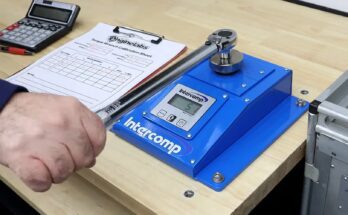The covid-19 pandemic shocked the world and generated high levels of economic, political, and social uncertainty. And for many people, the virus compounded the growing sense of uncertainty they already felt in their lives as a result of automation, geopolitical tensions, and widening inequalities.
With the many sudden changes that covid-19 has brought, planning for the future can feel impossible. Even short-term decisions–What will we do this weekend? Should I send my kids to school?–now require us to process a broad set of data and considerations. Trying to envision life months or a couple of years down the road may seem futile or even foolish.
When faced with high degrees of uncertainty, we tend to worry about all that might happen, and often do so in an unstructured manner. This kind of worry can spur knee-jerk reactions and inhibit sound decision-making, which is especially problematic in the middle of a global crisis when so much is at stake.
Strategic foresight offers an alternative to unproductive worry. It’s a way of thinking that uses alternative futures to guide the decisions we make today. This tool can help us better anticipate possible circumstances and–importantly–adapt when those circumstances threaten our ability to achieve our goals.
Strategic foresight can be a powerful tool to help you understand and evaluate your options even when the future seems very unclear. I use this practice every day in my work, and I believe it can also help people navigate their personal and professional lives during the pandemic.
The good news is, we often practise foresight without even realizing it. You’re doing it, for example, every time you leave the house and decide whether or not to grab an umbrella. But we can make a more explicit effort to think ahead in times of greater uncertainty, or when we’re feeling particularly anxious about what’s to come.
Here’s how to start applying this practice in your own life:
Clarify your goals. Defining a vision is a crucial first step, and an especially productive one for those of us who suddenly find our work or mission in peril. A vision can be a preferred future, a desired outcome, or just an idea of what you need to sustain yourself through a difficult time.
For example, in the face of economic instability brought on by covid-19, your vision may be financial sustainability–or even just survival–over the coming months and years. This might translate to a goal of earning enough income to support yourself and your loved ones.
Consider what futures you might face. Develop scenarios to explore the future world in which your decisions will play out. Scenarios are plausible futures that are strategically relevant and structurally different. They include elements from the past that carry forward, such as existing trends and established commitments, along with new components, such as business models, technologies, or value systems that may soon emerge.
To continue our example, you could create scenarios that consider different shapes for the eventual economic recovery–taking into account what jobs might disappear, change, or bloom, as well as factors like whether and how much government support might be available, if you were to need it.


